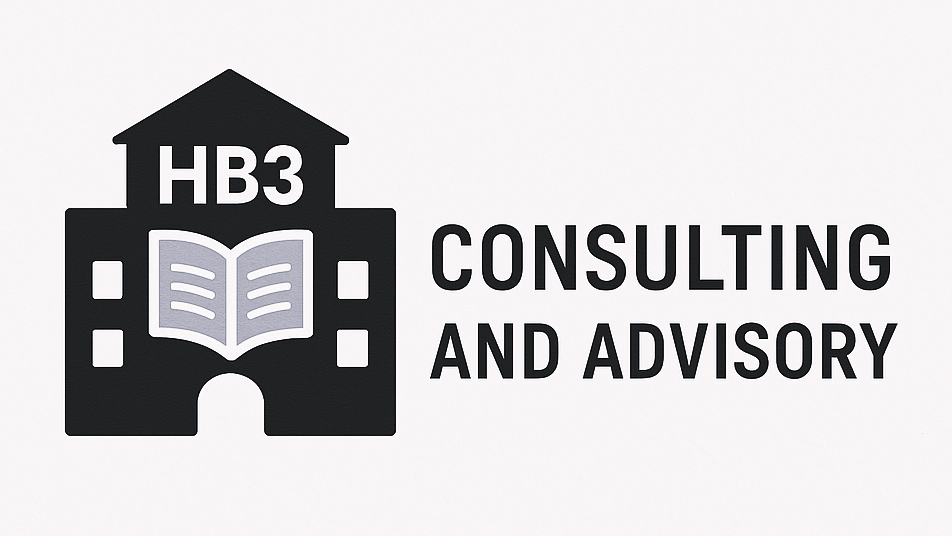What Museums Teach… and Don’t Teach: Exploring the Hidden and Null Curricula in Informal Learning Spaces
In education theory, Elliot Eisner[1] described, “the three curricula that all schools teach”:
The explicit curriculum, or what’s formally and officially taught
The hidden curriculum, or what’s taught via unwritten messages and values communicated through structure and culture
The null curriculum, or what isn’t taught (intellectual processes and subject matter) at all because it’s omitted
Eisner’s theory has been most often applied to K–12 classrooms, but it’s just as relevant in informal learning spaces like museums, zoos, aquariums, libraries, performing arts centers, and other cultural institutions. These spaces pride themselves on being inclusive and welcoming, but like schools, they also send messages through what they prioritize, who they serve, and how they design experiences. These messages are powerful and worth discussing.
This post explores how the hidden and null curricula show up in cultural institutions and what we might do about it.
Explicit Curriculum: What’s Actually Taught
Most cultural institutions do a great job identifying the main messages and content they want to teach: historical timelines, scientific processes, artistic movements, conservation goals, civic stories, etc. These are the themes that guide the design of exhibits, interpretive signage, education programs, and guest speaker series. The messages are typically curated by content experts and often reflect national or regional standards.
But unlike schools, museums and cultural organizations don’t always design these experiences in coordination with local educators. There may be little collaboration with teachers from public, charter, private, or microschool environments in the creation of exhibits or the articulation of learning goals. The result can feel like a (well-meaning) “take it or leave it” offering: a set of programs and displays that may or may not match student interests or curriculum needs. As a result, opportunities for deeper engagement are minimized.
Hidden Curriculum: What’s Taught Without Being Said
This is where things get interesting. The hidden curriculum includes all the messages learners absorb through a space’s design, policies, and practices. Here are some examples that show up in museums and similar spaces:
A display remains in place with outdated science, accompanied by a small note explaining the inaccuracy. The intention is transparency, but the message can also be, "We know better now, but updating this isn’t a priority."
School groups from the local public district are welcomed with group rates, signage, and guided tours, while homeschool or microschool groups are asked to buy individual tickets with no access to the same programs.
Spaces funded through public or donor support emphasize named sponsors over student or community voices, implying that the institution belongs more to wealthy donors than the young or curious.
Some museums are eager to welcome more students, but only if the group size is large enough to justify staff time or to yield a number that looks good on a sponsor report.
Educational programming is sometimes delivered in less-than-ideal spaces, like hallways or gallery corners, not because of lack of care, but because of longstanding design limitations or shifting priorities.
Limited content options for field trips may give the impression that a cultural space is there to be used once, in a narrow and carefully supervised format, suggesting that only one type of learning can occur in that space. Students within certain grade bands are welcome to enjoy one “Wow” moment until they reach the next grade band.
These choices are not necessarily malicious. But they do send messages that may be at odds with an institution’s stated mission.
Null Curriculum: What’s Neglected
What’s missing is often as telling as what’s included. When entire histories, cultures, or scientific perspectives are absent, learners internalize the idea that these stories aren’t valuable or worthy of institutional space. For example:
A science center may focus on contemporary Western discoveries but omit Indigenous ecological knowledge.
A city museum might include civil rights milestones but skip local activism or uncomfortable truths about segregation in its own city.
An art museum may have thousands of pieces by European artists on display but only a handful by women or people of color.
A history museum that fails to provide virtual options or teacher resources on their website may deliver the message that only certain groups deserve access to their collection.
These omissions matter. They reflect decisions about who and what counts.
What We Can Do About It
Cultural institutions work hard to make learning accessible, but even well-intentioned efforts can carry subtle messages. These messages form part of the hidden and null curriculum, and they offer an invitation to reflect. One of the best ways to surface hidden and null curricula is to intentionally invite in different perspectives. Ask teachers, parents, and students, not just those from public schools, but from microschools, charter networks, and homeschool co-ops, to reflect on what they notice. What do they see and not see? What feels accessible, and what doesn’t? What kinds of learning are encouraged and what gets shut down?
Another is to review internal policies and systems through a learner’s lens. Are the education programs built with input from educators? Is scheduling built around the convenience of the institution, or the needs of the learners? Are overall engagement numbers being prioritized over the quality of the learners’ experiences? Are there barriers (such as minimum group size, age limits, ticketing structures) that unintentionally exclude?
None of this means we abandon expertise or tradition, but it may suggest that we get honest about what we teach, even when we don’t realize we’re teaching it. If your institution is ready to dig into these questions, I can help. I bring a background in curriculum design, cultural program development, and qualitative research. I work with teams to explore these layers, audit your current programming options, connect them to your mission, and build experiences that teach what you actually want to teach, explicitly and implicitly.
[1] Eisner, E.W. (1985). The educational imagination: On the design and evaluation of school programs. New York: Macmillan.
